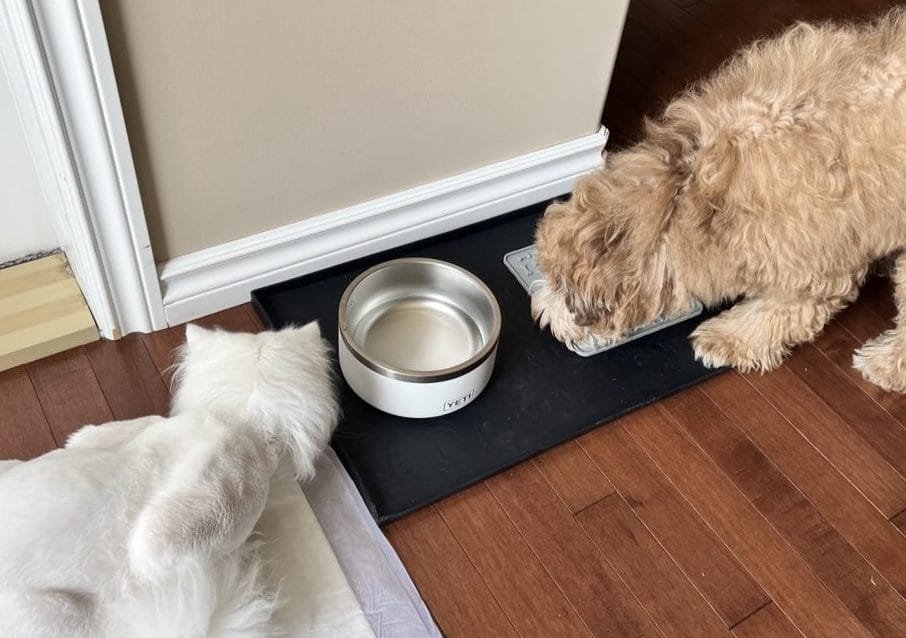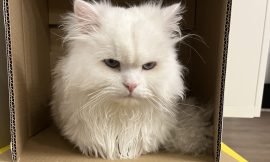Have you ever found yourself pondering the possibility of sharing the same meal between your furry feline friend and loyal canine companion? While it might seem convenient, there are important considerations to keep in mind. In this blog post, we explore the question – Can dogs and cats share the same food? Let’s examine some suggestions and what to watch for to ensure the health and happiness of both your pets.
Understand Their Unique Dietary Needs:
Dogs and cats have distinct nutritional requirements. Cats are obligate carnivores, needing a diet rich in animal proteins and essential amino acids like taurine. Dogs, on the other hand, are omnivores with more flexibility in their diet. Before considering shared meals, comprehend the specific needs of each pet.
Check for Allergies and Sensitivities:
Pets, like humans, can have allergies or sensitivities to certain foods. Introduce new items gradually, monitoring for any adverse reactions. Common allergens include grains and certain proteins, so be vigilant about potential triggers for both cats and dogs.
Consult with Your Veterinarian:
The golden rule for pet nutrition is consulting with your veterinarian. They can provide personalized advice based on your pets’ individual health, age, and breed. A vet can guide you on suitable portions and ensure your pets receive a well-balanced diet.
Opt for Plain and Unseasoned Foods:
If you decide to share sardines or other foods, choose plain and unseasoned options. Avoid ingredients like garlic and onions, which can be harmful to both dogs and cats. Salt and excessive seasoning can also pose health risks.
Monitor Portion Sizes:
Even if the foods are generally safe for both species, portion control is crucial. Dogs and cats have different metabolisms and caloric needs. Overfeeding can lead to obesity and related health issues. Tailor portions based on their size, weight, and activity level.
Provide Separate Bowls:
To maintain order and prevent conflicts during mealtime, consider offering separate food bowls for your dog and cat. This ensures each pet gets the right portion without any unnecessary stress or competition.
Watch for Changes in Behavior or Health:
Keep a keen eye on your pets for any changes in behavior, appetite, or health. If you notice anything unusual, consult your veterinarian promptly. Early detection of issues allows for timely intervention.
The question of whether dogs and cats can share the same food requires thoughtful consideration. While some items, like plain sardines, may be shared in moderation, it’s crucial to understand and address the unique dietary needs of each pet. Consultation with a veterinarian, careful monitoring, and a focus on individual health will help create a harmonious and healthy feeding routine for both your furry companions.




